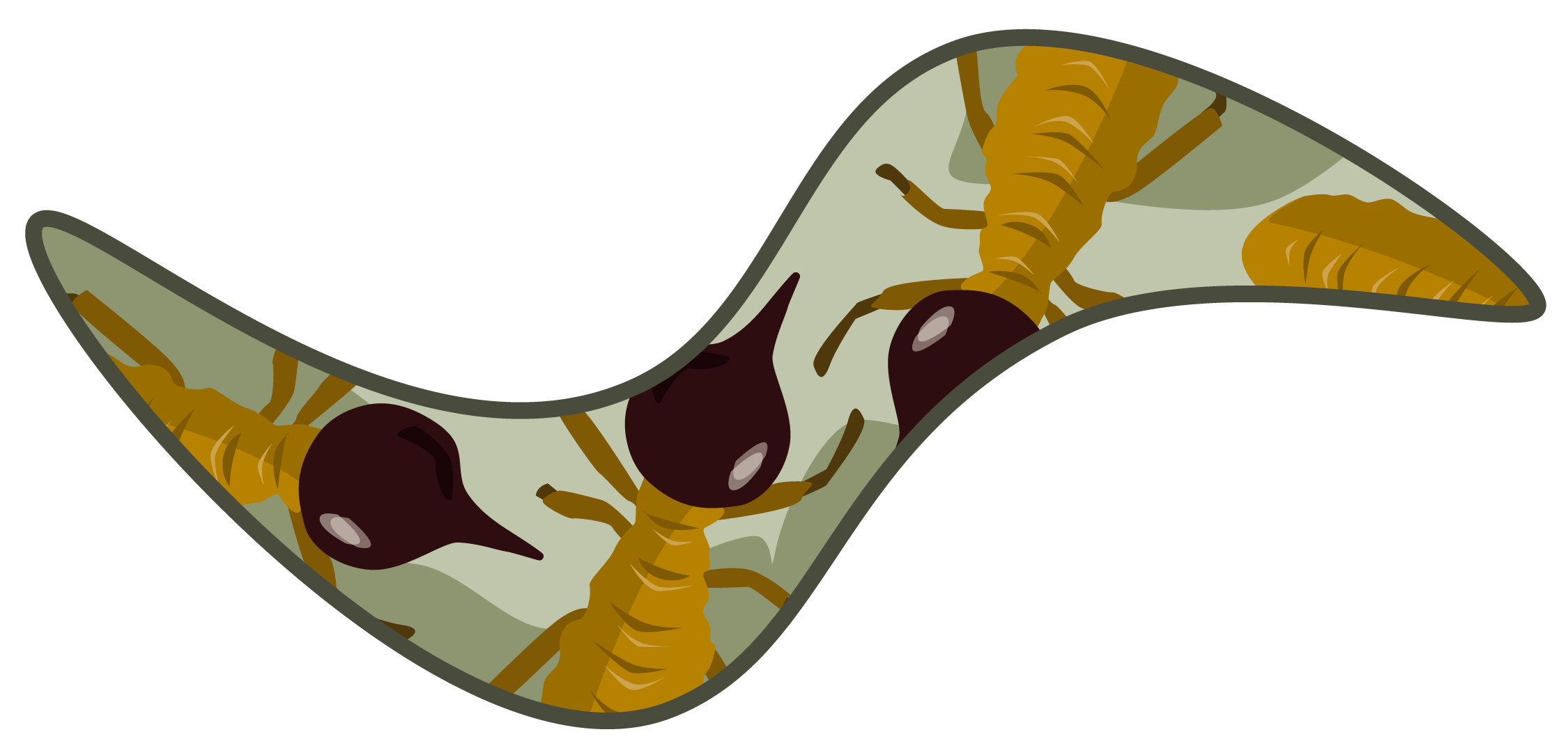
Day six of the Microbial Advent Calendar. Today let’s have a look at termites! Cool little army of wood munchers. Their secret? A whole community of microbe hidden in their tiny gut! There are more than 3000 species of termites and they almost all digest wood with a little help from bacteria or unicellular protozoan and protists.
This big family is split in two lower and higher termites. Lower termites have a diet primarily based on wood and rely upon symbiotic protozoa and bacteria embedded on their digestive tract to produce some of the necessary digestive enzymes. On the other end higher termites, which have a wider diet range (they will eat faeces, humus, grass, leaves and roots), can produce their own cellulase enzymes, they still have some help from bacteria wood degrader but lack the protozoa.
A recent paper in PNAS from Tokuda et al. shed more light of the role of the associated bacteria and show that spirochetes are actually the main Xylan (Main cellulose component) degrader! And because this paper is behind a paywall, if you are interested you can check this other one, from Köhler et al. This paper describes how complexe a tiny termite gut can be in term of microbial communities.
Also, here’s a Brazilian Syntermes up close. pic.twitter.com/Gg27gAXlZN
— Alex Wild (@Myrmecos) November 26, 2018